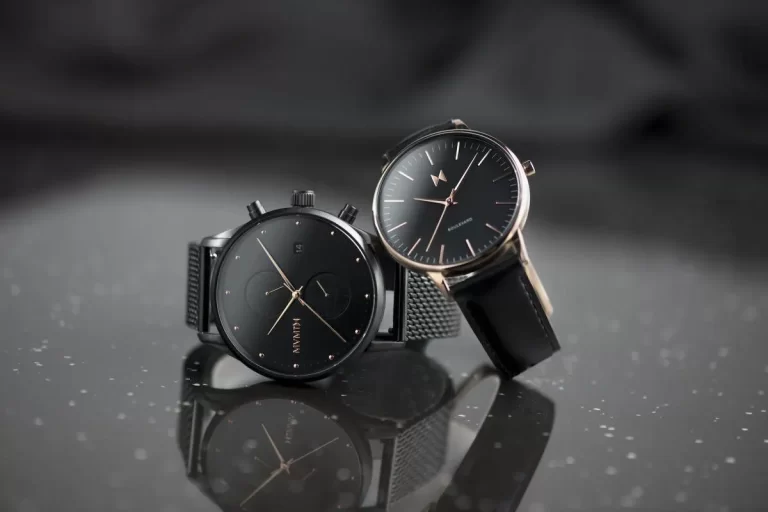
In the watchmaking industry, people have looked for the correct and precise time since time immemorial. To achieve this requires using advanced technology, painstaking attention to detail, and rigorous quality control processes. The luminox watches through which watchmakers guarantee accuracy and consistency without reference to any specific brand name.
Advanced Movements and Mechanisms
At the heart of every accurate watch is its movement the mechanism that powers the watch. High-quality movements are essential for precision timekeeping. Watchmakers often use quartz movements known for their exceptional Precision or mechanical movements that are meticulously engineered. Quartz movements rely on the consistent vibration of a quartz crystal when an electric current is applied providing extremely precise timekeeping. alternatively mechanical movements whether automatic or hand-wound involve intricate craftsmanship and are carefully regulated to maintain Precision.
Precision Engineering and Manufacturing
The manufacturing Method of a watch is decisive in ensuring its Precision. Precision engineering involves creating Parts with extremely tight tolerances. This means that even the smallest parts such as gears and springs are manufactured to exact specifications. Advanced Calculater-aided Layout (CAD) and Calculater numerical control (CNC) machining are often employed to achieve the necessary precision. These technologies ensure that each Part fits perfectly and operates smoothly within the movement.
 Rigorous Testing and Quality Control
Rigorous Testing and Quality Control
Once the watch Parts are assembled rigorous Checking is conducted to ensure Precision. This Method includes multiple stages of quality control. Watches are often Checked in various positions and under different conditions to mimic real-world usage. Chronometer certification is a standard of excellence that many high-precision watches strive to achieve. This certification involves a series of stringent Checks conducted by an independent authority such as the Contrôle Officiel Suisse des Chronomètres (COSC) to Confirm the watch Precision under various conditions.
Temperature Compensation
The accuracy of a watch may get altered by the temperature going up and down. Consequently, temperature compensation mechanisms need to be put in place by the watchmakers. This may take the form of either using advanced circuitry or stabilized quartz crystals in quartz watches. For instance, critical parts in mechanical watches would be made from materials that do not respond as easily to such changes in temperature as those found within balance wheel and hairspring.
Anti-Magnetic Properties
Another thing that could seriously disrupt the accuracy of the watch are the magnetic fields. To prevent this from happening, anti-magnetic materials are used by watchmakers in constructing the movement. Examples of such materials are the silicon that is not magnetic and has very high durability attributes.This emphasis on having anti-magnetic characteristics is intended to maintain its efficiency when exposed to high magnetic fields.
Regular Maintenance
Even the most precisely engineered watches require regular maintenance if they are to hold time well. It is advised by watchmakers that one should have their mechanical watch serviced every two or three years so that oils stay working properly and that outworn elements will be replaced.
Creating an accurate and precise luminox watches requires advanced technology, careful workmanship, and thorough testing. Each segment of the timepiece development process is geared towards maintaining the highest level of timekeeping precision, from temperature compensated mechanisms and precision engineered movements to anti-magnetic properties and regular servicing.






